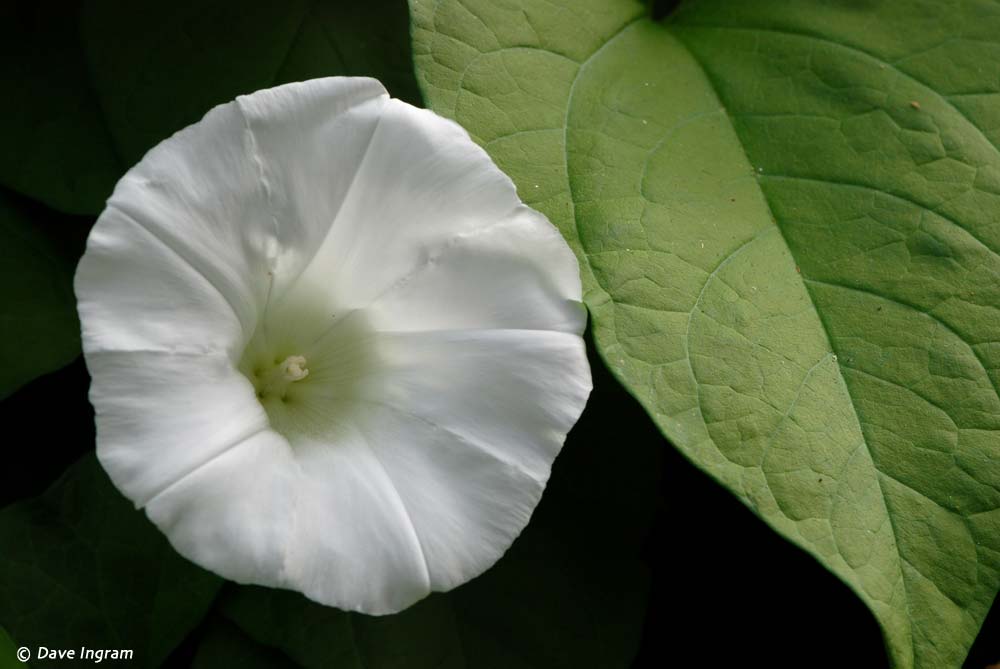Every so often, I realize that a plant that I think I’ve identified correctly is actually not what I originally thought it was.
Learning to identify plants can be fairly challenging, especially given the fact that many look very similar to each other. Field guides can be limited in scope and images on the internet are often mislabeled. Part of the problem is that many of the same common names are applied to several different plants. My trusty copy of Plants of the Pacific Northwest Coast is excellent as a starting point when it comes to figure out what plant I’ve found, but sometimes it pays to read the “small print” and dig into the species description. Similar plants are often described in detail in that section.

Two Different Species of Bindweed
Such is the case with Field Bindweed (Convolvulus arvensis). Earlier this summer I was walking around the Courtenay Airpark Lagoon (an excellent place to find numerous introduced weeds) and noticed a small morning-glory growing in the long grass beside the path. I thought to myself, “That looks different.” It is these “Aha,” or perhaps “Uh oh,” moments that make botanizing so fun – there is a realization that there is always more to learn!
This small morning-glory got me thinking that I had mis-identified another larger morning-glory that I had found last summer on the Courtenay Riverway Walk and wrote about in a post called Introducing Invasives. Sure enough, a little extra digging has now led me to re-identify this other morning-glory as Hedge Bindweed (Calystegia sepium). I’ve gone back to the original post and made the correction but here’s how you tell the two apart.
Note that both of these plants are commonly called “Morning-glory.” In addition, the species name for Hedge Bindweed has changed from Convolvulus to Calystegia.
Field Bindweed
Field Bindweed has a small flower that is white to deep pink in colour and 1.5 to 2.5 cm long. The leaves are also fairly small but distinctly arrow shaped. They are somewhat leathery/fleshy in texture and have a bit of bluish green tint to them. Field Bindweed is a trailing plant that forms carpets over other vegetation.
Hedge Bindweed

Hedge Bindweed has much larger white to pink flowers that are 4 to 7 cm long. The leaves are also larger and almost heart-shaped. They are thinner and green in colour. Hedge Bindweed grows up and over other vegetation and structures.
It was great to have the opportunity to compare these two morning-glories and experience that “Aha” moment. Now that I’ve seen both of them it’s very unlikely that I’ll mis-identify them again!

